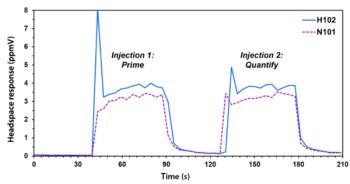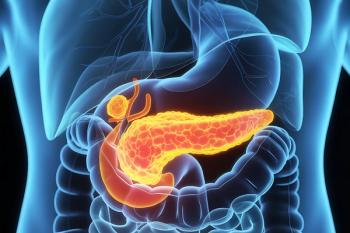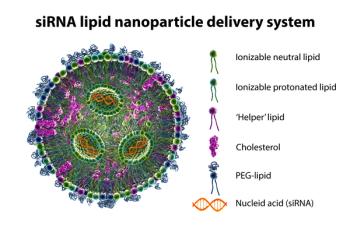
Today’s Tutorials: Sample Prep, UHPLC, High-Pressures, and Why Small-Molecules Matter in Biopharma
Today’s free tutorial sessions at the HPLC 2016 conference will cover a range of topics, from trends in sample preparation and the use of high pressures, to fundamentals of ultrahigh pressure liquid chromatography (UHPLC), to the role of small-molecule analysis in biopharma.
Today’s free tutorial sessions will cover a range of topics, from trends in sample preparation and the use of high pressures, to fundamentals of ultrahigh pressure liquid chromatography (UHPLC), to the role of small-molecule analysis in biopharma.
The first tutorial of the day is at 9:20 am, when Ron Majors, column editor emeritus at LCGC, discusses new directions in sample preparation.
Then at 11:15 am, Monika Dittman of Agilent Technologies will discuss fundamental and instrumental aspects of UHPLC.
This afternoon, at 2:20 pm, Holly Shackman of Bristol-Myers Squibb will explain why small molecule analysis is important in biopharma.
The final tutorial of the day will be given by Torgny Fornsted of Karlstad University. At 4:40 pm he will present a session entitled, “Introduction to Advanced Separation Theory for Better Understanding of the Recent High Pressure Trend.”
All tutorials will be held in the Yerba Buena Ballroom, salons 5/6, on the B2 level.
Newsletter
Join the global community of analytical scientists who trust LCGC for insights on the latest techniques, trends, and expert solutions in chromatography.





